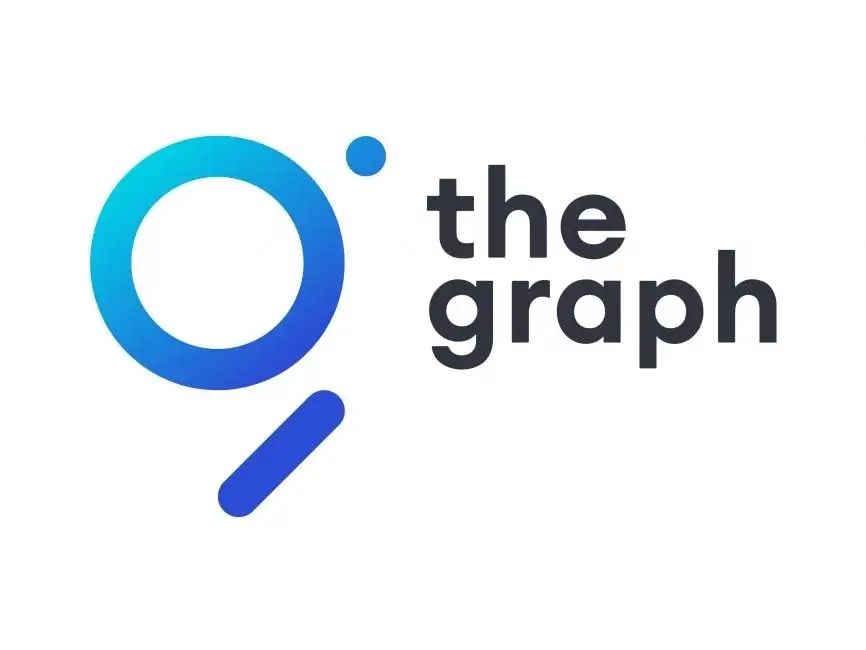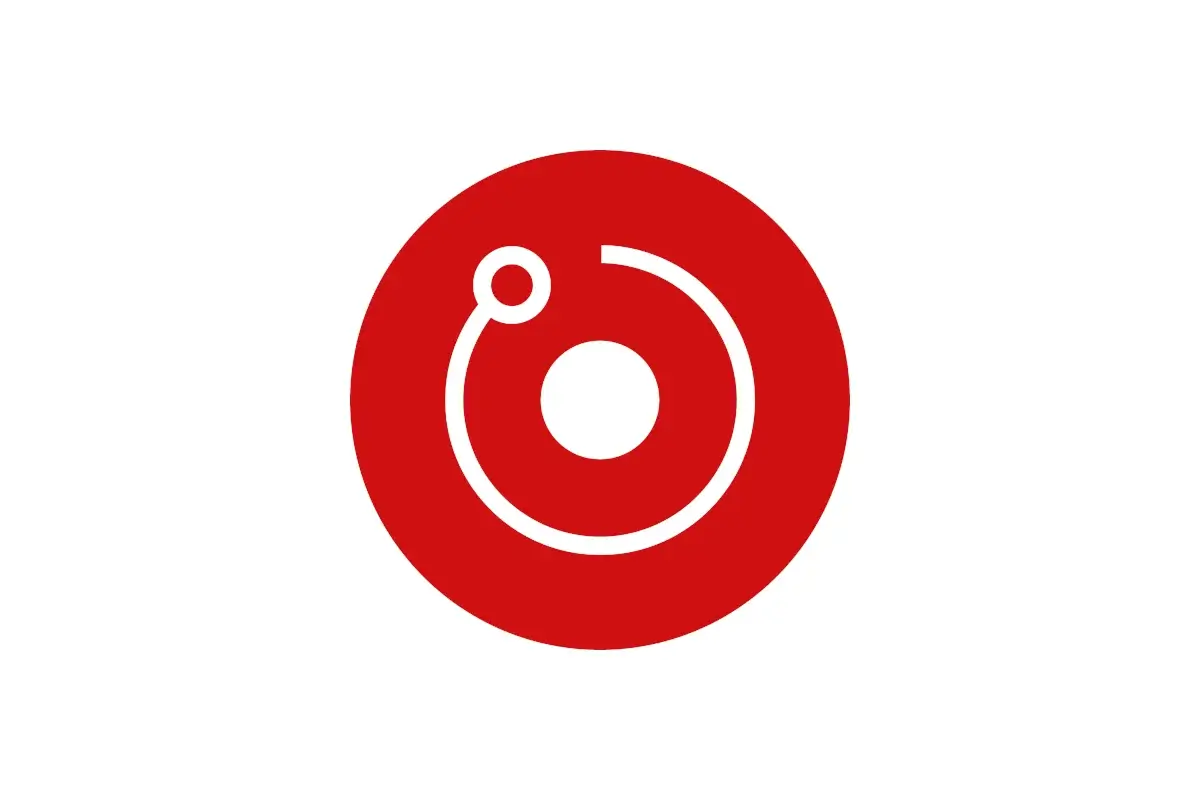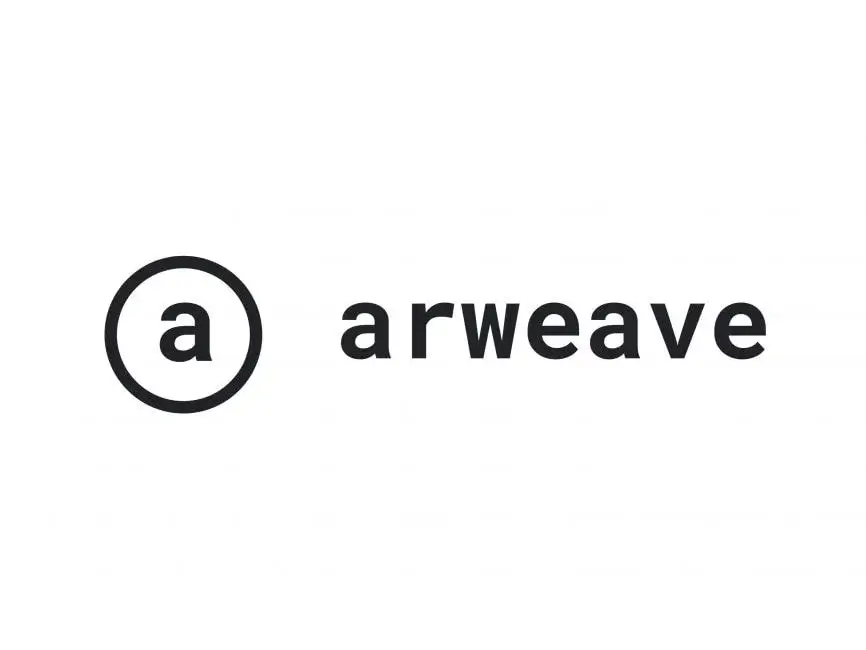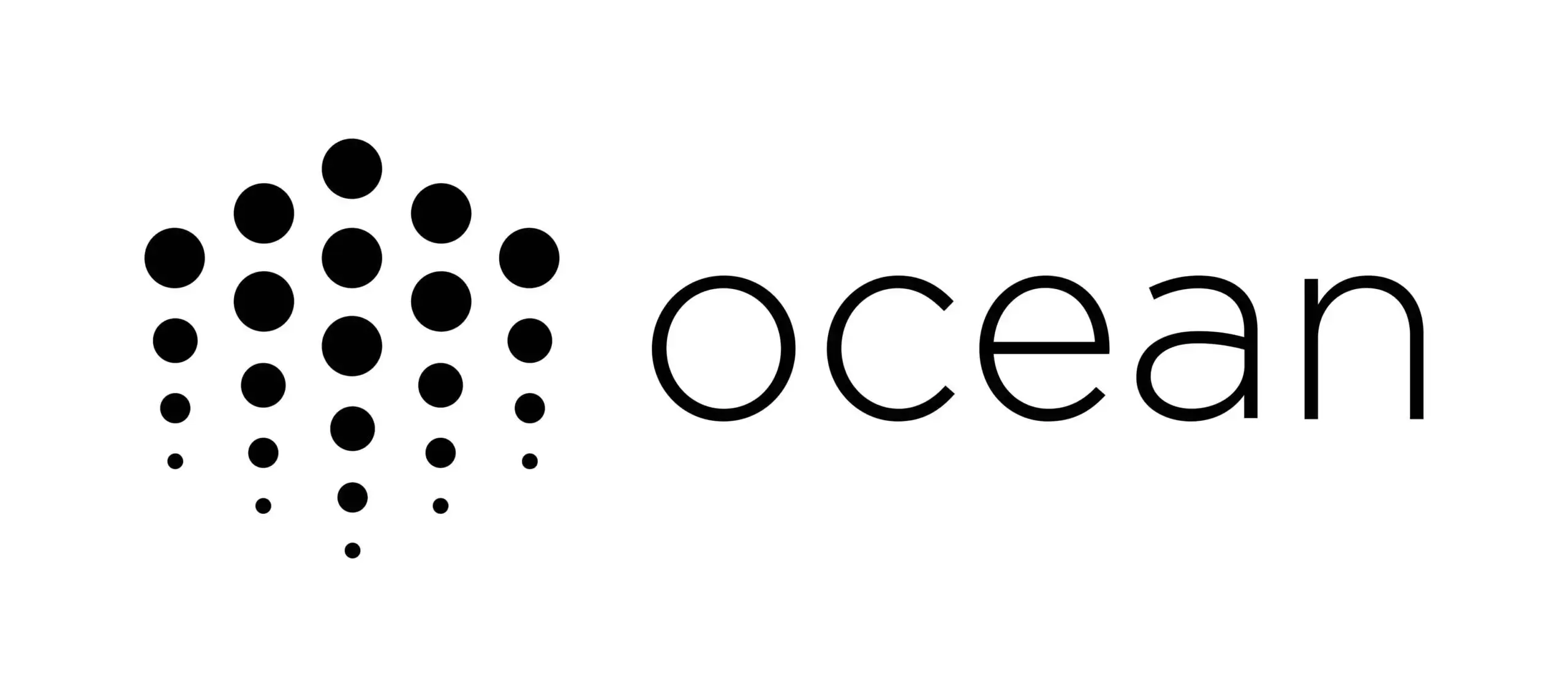The constant progress in the blockchain technology sector has led to a surprising increase in blockchain use cases. Nowadays, it’s probably safe to say that you can leverage blockchain technology in almost any industry. You name it—healthcare, retail, real estate, politics—anything can benefit from blockchain technology. While this concept keeps on improving, projects focusing on […]
The post What Is DePIN in Crypto? Top 10 DePIN Crypto Projects appeared first on Coindoo.
The constant progress in the blockchain technology sector has led to a surprising increase in blockchain use cases. Nowadays, it’s probably safe to say that you can leverage blockchain technology in almost any industry. You name it—healthcare, retail, real estate, politics—anything can benefit from blockchain technology.
While this concept keeps on improving, projects focusing on non-crypto-related fields keep on being launched. This is how DePIN crypto projects appeared, too.
-----Cryptonews AD----->>>Sign up for a Bybit account and claim exclusive rewards from the Bybit referral program! Plus, claim up to 6,045 USDT bonus at . https://www.bybit.com/invite?ref=PAR8BE
<<<-----Cryptonews AD-----
But what does DePIN mean? And how does it work? Furthermore, how can you tell which crypto project is part of the DePIN group?
What Does DePIN Mean?
DePIN stands for Decentralized Physical Infrastructure Networks. This concept uses blockchain technology to manage physical infrastructure and systems like data centers, wireless networks, telecommunications, supply chains, and many more. Unlike traditional centralized systems, DePIN aims to give control and voting rights to all network participants instead of keeping it for only one centralized entity.
In a decentralized physical infrastructure network, people combine their computing resources, storage capacity, or network coverage to create a bigger, safer, and decentralized network. For example, in a decentralized storage network, network participants offer their hardware to create a decentralized cloud storage solution. This makes data storage services more accessible and spreads the information across multiple computers, reducing the risk of system failures.
Most DePIN projects use their own tokens, called DePIN coins or DePIN tokens, to facilitate transactions and encourage user participation. This decentralized approach to managing physical resources provides a promising alternative to the traditional centralized options we leverage these days.
How Does DePIN Work?
DePIN projects are especially related to blockchain technology and smart contracts. They are self-executing contracts with the terms of the agreement directly written into their code. Smart contracts automate transactions and operations within a specific network, ensuring that all participants follow the rules without needing a central authority to control the operations. This automation reduces the probability of errors and fraud while increasing transaction speed, efficiency, and transparency.
Incentives are another key component of DePIN projects (and crypto in general, actually). Participants are rewarded with the project’s native tokens for contributing to the network.
These incentives encourage more users to participate and provide resources, making the network even stronger and safer. Besides, these tokens can be used within the network for various services or traded on popular exchanges.
DePIN Projects – Advantages and Disadvantages
Decentralized Physical Infrastructure Networks (DePIN) bring numerous advantages to the table, especially compared with a traditional centralized infrastructure. However, just like any other concept out there, there will always be room for improvement.
DePIN Advantages
- Bright Security Features: DePIN projects distribute resources and operations across a network of computers, reducing the risk of a single point of failure. This can reduce the possibility of major (or even minor) attacks significantly;
- Reduced Costs: DePIN can do what so many people usually do in real life. This does not mean that employees will lose their tasks but that they will have a concept that helps them reduce how long it takes for tasks to be completed or how safe the information is stored;
- Transparency and Trust: Blockchain technology provides transparency and trust within the entire network. All transactions and operations are recorded on an immutable ledger, making them easy to verify and building trust among participants;
- Permissionless: DePIN networks are open and accessible to anyone, eliminating barriers to entry. This can contribute to an increase in innovation and offer many advantages to crypto and blockchain enthusiasts worldwide.
DePIN Disadvantages
- Scalability: Scalability has been a problem since the beginning of time (well, actually, since the first blockchain was developed, but you get what we’re saying). As DePIN networks, along with other blockchain and crypto projects, progress and grow their user bases, scalability can become a more serious or concerning matter;
- Regulatory Concerns: DePIN projects operate on blockchains, and blockchains have been subject to scrutiny, especially during the past years. This can lead to various challenges for projects looking to expand or integrate with traditional systems and markets;
- Technical Complexity: Setting up and maintaining a DePIN project can be quite difficult, especially if you don’t have extensive technological expertise. It requires a robust infrastructure, smart contracts, and a constant focus on privacy and security;
- Wide Adoption: While DePIN projects have significant benefits, achieving wide adoption can be quite challenging. Users and businesses may hesitate to switch from more established centralized services to a new decentralized infrastructure, especially in the beginning.
Top 10 DePIN Projects to Check Out in 2024
1. Internet Computer Protocol (ICP)

Internet Computer may be one of the most complex crypto projects ever developed. Formerly known as Dfinity, Internet Computer Protocol is a blockchain network that aims to develop a new and decentralized internet.
Basically, Internet Computer Protocol’s main goals include efficiency, speed, and decentralization for all internet users.
There are 3 main characteristics that best describe Internet Computer Protocol when compared to other decentralized networks. First, its user-friendliness makes it extremely easy to create dApps (Decentralized Applications). Basically, with the help of Internet Computer Protocol, anyone can develop a dApp and improve the entire ICP ecosystem.
Then, Internet Computer Protocol provides full decentralization, streamlining various processes with the help of smart contracts. This shares the power or control over a network of numerous devices or users, eliminating the need for a centralized authority to control the ecosystem.
And last but not least, Internet Computer Protocol is popular for its speed. Being a carefully developed network, it can process transactions extremely fast, reducing the cost of network transactions.
2. FileCoin (FIL)

Filecoin (FIL) is one of the market’s most popular digital resource networks. It aims to transform cloud storage into an open market, accessible to all users and not controlled by a single entity. Filecoin operates using its native cryptocurrency, FIL, which is used to reward participants for providing storage space and ensuring data security and availability.
Filecoin allows users to store and retrieve data on and from a distributed ledger, significantly reducing the need for platforms such as Google Drive, OneDrive, and many other platforms. Besides, the fact that data is stored on a tremendous amount of devices makes it harder to interfere with.
Filecoin leverages blockchain technology to ensure data integrity and security. It uses Proof-of-Replication (PoRep) and Proof-of-Spacetime (PoSt) to verify that storage providers store data as promised over a set period of time.
3. Helium (HNT)

Helium (HNT) is a decentralized blockchain network designed for Internet of Things (IoT) devices, aiming to create one of the most secure and cost-effective decentralized wireless networks. Launched in 2019, Helium uses a unique consensus algorithm called Proof of Coverage (PoC), verifying that hotspots that provide wireless network coverage are located where they claim to be.
The Helium network is designed to facilitate the connectivity of IoT devices by offering a long-range wireless connection with low power consumption, which can significantly increase sustainability. Traditional cellular or Wi-Fi networks can be expensive and energy-intensive, making Helium’s solution more attractive for widespread adoption.
Devices connected to the Helium network can send small amounts of data over long distances, which can be helpful in fields such as agriculture, logistics, and environmental monitoring.
HNT is Helium’s native token and rewards users who participate in building and maintaining the network.
4. Theta Network (THETA)

Theta Network is a blockchain protocol that aims to provide a decentralized video streaming platform by creating a global computer network. Theta consists of 3 main groups of network participants: enterprise validator nodes, guardian nodes, and edge nodes.
Enterprise validator nodes are companies that stake THETA in order to process transactions in the ecosystem. Guardian nodes are users who, with the help of their computing resources, ensure that transactions proposed by enterprise validator nodes are safe, accurate, and can be added to the network’s blocks. Lastly, edge nodes are users who share their bandwidth or share video streams in the Theta ecosystem in order to earn TFUEL.
Theta also developed a wallet app that users can download and use to keep their THETA and TFUEL tokens safe, as well as lock them up for set periods to earn extra tokens. Besides, the project also launched a micropayment system for video streaming to allow viewers and creators to send and receive THETA through the wallet app.
In May 2024, the project also launched Theta EdgeCloud, a decentralized cloud computing platform especially developed for AI computation, video rendering, 3D rendering, and gaming computations.
5. BitTorrent (BTT)

BitTorrent has been around for quite some time, and few thought that it actually is one of the very first DePIN crypto projects (as an ecosystem). The platform is a distributed transfer protocol used to send files across the internet. On BitTorrent, users can send various types of files, including text, photos, or videos.
In 2021, BitTorrent launched BTTC (BitTorrent Chain), which is a blockchain scaling solution developed on Tron. It supports cross-transferring assets from EVM (Ethereum Virtual Machine) platforms through the BTTC bridge.
The platform works based on a PoS (Proof-of-Stake) consensus mechanism, allowing users to stake their BTT tokens to validate transactions and create new blocks in the network.
6. The Graph (GRT)

The Graph is an open-source platform developed to collect, process, and store various types of data from multiple dApps to streamline information retrieval. At the moment, it is one of the most popular and trusted retrieval services, leveraging blockchain technology to help developers find what they need when building new projects, thus increasing efficiency in further developments.
If you’re wondering how The Graph works, the process is quite straightforward: the platform analyzes and selects blockchain data and stores it in Subgraphs. Then, users can send a query to the protocol and receive an immediate response with the information they need.
GRT is the native token of the Graph ecosystem. Its main goal is to ensure data integrity within the network. Regardless of their role in the ecosystem, users must stake GRT to complete their tasks and earn additional digital assets.
7. Render (RNDR)

Render is a P2P (Peer-to-Peer) network developed to rent out idle GPU power to various projects or entities, including content creators and AI (Artificial Intelligence) applications. The platform rents out dormant GPU power to “Creators,” users who need it for various activities.
However, you might wonder where “Render” comes from. Well, one of the platform’s main goals is to help users render motion graphics and visual effects. It also aims to contribute to the 3D rendering process, which we all know is extremely consuming when it comes to GPU (Graphics Processing Unit).
RNDR is the native and utility token of the Render ecosystem, being used to reward users who offer unused GPU power to help others render their creations.
8. Arweave (AR)

Arweave (formerly known as Archain) was founded in 2017 and is a decentralized network that provides permanent and censorship-resistant data storage. The main element of the Arweave ecosystem is called “blockweave” and is a variation of blockchain technology especially developed for the protocol. It works by requiring miners to access historical data through PoA (Proof of Access) before adding a new block.
Over time, Arweave caught the attention of many prominent companies, becoming a reliable source of decentralized data storage and one of the best DePIN crypto projects. Solana and Polkadot integrated their technology for ledger storage, improving data availability and security.
Besides, Meta integrated Arweave to permanently store digital collectibles (such as NFTs) on Instagram, one of its social media platforms. This is part of the company’s efforts to introduce Instagram users to Web3 and rely upon this technology to improve its activity.
9. IOTA (IOTA)

IOTA is a distributed ledger developed to record and execute various types of transactions between devices in the IoT (Internet of Things) ecosystem. Its main goal is to become a standard way of conducting transactions and microtransactions on these devices.
IOTA’s founders, Sergey Ivancheglo, Serguei Popov, David Sønstebø, and Dominik Schiener, described IOTA as a “public permissionless backbone for the Internet of Things that enables interoperability between multiple devices.”
IOTA’s features should and usually do solve certain problems in the blockchain and crypto world, such as the centralization of mining to a specific group, slow networks, and, probably most importantly, scalability.
10. Ocean Protocol (OCEAN)

Ocean Protocol is an open-source project that aims to streamline the exchange and monetization of data and data-based services. It was built on top of the Ethereum network and “borrows” its features and benefits.
Ocean Protocol’s main goal is to offer data sets to startups and researchers without actually taking them from their owners. Its platform was built to facilitate data exchange by linking users who need specific data with others who have those resources. It also allows users to store data on others’ devices.
OCEAN is the native cryptocurrency of the Ocean Protocol ecosystem and was developed to have multiple purposes. It is primarily used to validate token data and help users participate in the ecosystem’s decision-making process. Users can also use OCEAN to purchase or sell data.
FAQ
How big is the DePIN market?
The DePIN market gathers numerous crypto projects out there, each trying to make the ecosystem better, faster, safer, or more transparent. According to Nasdaq, the DePIN market is estimated at a market cap of approximately $2.2 trillion and is expected to reach $3.5 trillion 4 years from now.
What is a DePIN crypto project?
A DePIN crypto project is a decentralized platform that combines digital and physical resource networks to improve a real-world infrastructure. Its main goals usually include increasing security, scalability, and efficiency in that field.
Does DePIN have a future?
Considering its advantages, features, and constant developments, DePIN has a high chance of becoming the status quo concerning leveraging blockchain technology in unrelated industries.
In Conclusion
DePIN (Decentralized Physical Infrastructure Networks) uses blockchain technology to improve physical infrastructure, focusing on security, efficiency, scalability, and transparency.
Projects like Internet Computer Protocol, Filecoin, and Helium prove DePIN’s potential to revolutionize industries most of us deal with every day, whether directly or indirectly.
DePIN still faces challenges like scalability, regulatory concerns, and technical complexity. Still, while wide adoption is a bit hard to achieve at the moment, the constant development and growing interest in this concept suggest a promising future.
The post What Is DePIN in Crypto? Top 10 DePIN Crypto Projects appeared first on Coindoo.




